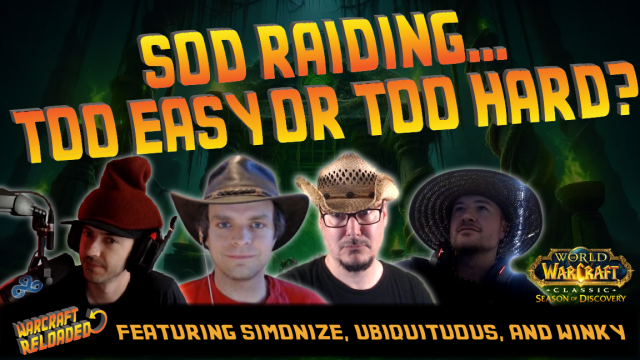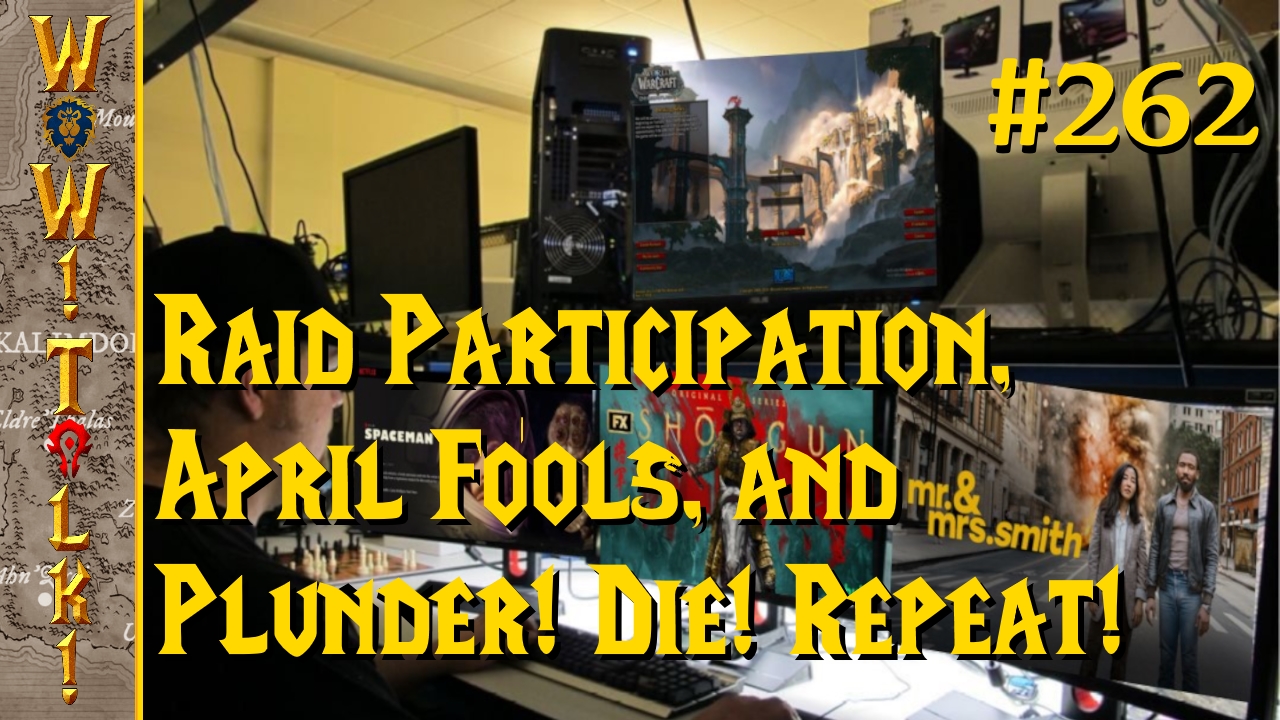My first taste of Drive to Hell was at the Philly Game Forge Showcase, and since then I’ve had more opportunities to check it out. Every time I played Drive to Hell I enjoyed it a bit more, and now that I’ve played the final version I can honestly say that not only did Drive to Hell meet my expectations, it exceeded them.
Drive to Hell is a top down shooter where you are literally driving to hell to seek revenge on the demons who destroyed your favorite dive bar. Not the most enthralling plot, but it really doesn’t matter because, once you get into the heart of the game, you’ll be too busying trying not to die to care much about the story. The game has five stages, and each stage is broken into five waves — four waves of enemies and then a final boss wave. Each stage will introduce you to new types of enemies, and the first wave usually feels like they want to you to dip your toes in the water before taking the dive. Take a little time during that wave to get a feel for your new enemies and you’ll be quite familiar with their movement speed and attack patterns. You’ll need to be by the time you get to wave two, which is when the fun usually starts with each stage.
Most enemies take more than one hit to kill, so you’ll need to work enemies down while dodging attacks from other enemies. When I say more than one hit, though, I don’t just mean two or three; Some common enemies took so many hits I thought they deserved their own life bar. As if it isn’t bad enough to have to hit enemies a lot, they also attack in various ways. Some enemies just move down the level and all you need to do is avoid them, others may shoot projectiles at you, and still others may follow you around or try to suicide themselves into you. My most hated enemies were the ones that had a circular attack pattern that was very difficult to hit, and to deal with them I had to come up with strategies that would keep me alive long enough to take them out once they stopped moving. Now, some games will tone down the amount of enemies you have to fight when it knows that a more difficult enemy is coming. Drive to Hell did that at first, but by the time I got to the third stage it gave me the finger and told me to deal with it.
Drive to Hell offers players a few options when it comes to how you want to dish out pain. First is the vehicle selection; You start off with one vehicle, but as you kill enemies you can collect coins that you can use to buy other vehicles. You may not want to go on a spending spree, however, since coins are also the way you can continue your game when you die (which you will… a lot). The differences in vehicles are usually size, firepower, and armor. Larger vehicles dish out more pain and can also take more, but they are a bigger target so you may end up getting hit more. Smaller vehicles are the opposite, so if you feel your reflexes are good enough to dodge incoming damage you may want to go smaller. Each vehicle also has a special ability you can activate. The ability of the first vehicle is that it shoots in both directions, but the second vehicle deploys a shield instead. Your special ability will return after a little while, but it needs time to recharge after you use it.

Initially, the main gun on the vehicle doesn’t fire that fast, and the bullets have travel time so it’s actually pretty easy to miss a target. I assumed the developers wanted you to rely more on the power ups you can get, but I was wrong. I soon realized that the speed of the main gun was connected to my multiplier, a meter that you build up by destroying enemies without being hit. Every kill you get adds more meter to the multiplier, and when you fill the meter your multiplier goes up. Sounds good, right? Here’s the catch- You need to kill quite a few enemies to fill the meter, and if you get hit once, you multiplier drops a level. I can’t tell you how many times I blazed through a few groups of enemies without getting hit, got my multiplier, then got nailed by a single enemy and have that thing drop. It’s crushing. A lesser man might have cried. Also, there is no cool down after you get hit. If you get hit two or three times in a row, you will lose two or three levels of multiplier; and after stage one, that’s a huge problem.
Besides your main gun you have quite a few power ups you can use. Power ups appear to drop randomly for the most part, however, there are some areas where certain power ups will appear because that’s what you really need. Things like the spread shot, laser, rockets, and plasma take effect immediately and last a short period of time. Other power ups are held until you are ready to deploy them; The shield, bomb, and nuke are held in item slots. There are only two item slots, so you can’t have all three of these power ups on retainer until you’re ready to use them. Also, you can hold more than one of the same power up (There were plenty of times I had two nukes and really wish I had one bomb instead, though).
The shield power-up is self-explanatory so I’m not going to insult your intelligence by explaining what it does. The shield power-up is on a timer, so if you use it as a way to run enemies down, that is a viable strategy. The bomb will damage any enemies within a certain radius of your car (The reason I say damage instead of destroy is that there are certain enemies with enough health or that use other enemies as cover that they will survive being hit with the bomb). The nuke, on the other hand, will destroy anything that is caught in its blast radius. Also, unlike the bomb, the nuke can be shot at enemies; so you don’t need to worry about enemies getting close.
One of the keys to playing Drive to Hell is adapting. Quickly. Enemy movements are not scripted, so if you replay a wave you may know which enemies are coming and even which direction they may come from, but once they are on screen their actions may change. Even enemies that do conform to certain movement patterns are no less of a threat than the ones that don’t. This is because you’re usually faced with so many enemies that keeping track of everything can get difficult.

Still, Drive to Hell doesn’t just throw a bunch of enemies at you at once — it’s a slow build towards mayhem. Since it takes more than one hit to kill most enemies, the game can afford to ease enemies onto the playing field. It may start off with one enemy circling around you; those are hard enough to deal with. Then maybe they’ll throw a second — ok, kind of annoying, but manageable. Then maybe you start to see a few weaker enemies fly down the screen. Next thing you know you have some extra durable enemies coming from the sides throwing power balls. Finally, they put the icing on the cake by having some enemies that follow you around, and if you blow them up, they shoot stuff back at you; leaving you more stuff to dodge as you take on this horde.
These moments aren’t rare occurrences in Drive to Hell, but it can be hard to see them coming. Add on the fact that most power ups are random, and that part you went through before with no problems may be really hard now since you don’t have the appropriate power up. I’ll tell you one thing, though: If the game is constantly throwing power ups at you, you’re gonna have a bad time. The only time the game graciously gave me power ups was when all hell was breaking loose and it was going to stay that way for a while. If the game could talk, there would have been a few times where it threw a bunch of power ups at me and said “Good luck.”.
Boss fights were actually a bit of a relief for me. Obviously they progressively got harder, but they were nowhere near as stressful as the waves leading up to them. Each boss is different and needs a unique plan of attack; One boss may require you to only attack it with power ups, another may require you to destroy all of the minions around it, and yet another may require you to break its armor off with nukes before you can attack it properly. Boss fights come complete with the same enemies you fight during the waves, too, but I never felt overwhelmed fighting the bosses (Probably because the boss takes up so much of the screen you can’t fill it up with as many as the smaller guys).

Besides the campaign, there is a survival mode. Each stage is unlocked for survival mode as you beat it in the campaign. In survival mode you just need to stay alive, which didn’t sound too bad until I realized there are no breaks between waves. Didn’t realize how important that little breather was, since it helps you reset and get ready for the next wave.
I thoroughly enjoyed Drive to Hell. The game tests your reflexes, aim, enemy management, and other skills simultaneously, does not let up or take it easy on the player. I can’t count the number of time I barely made it through a wave, and the sense of accomplishment I had afterward was always great. Those near-deaths only made me realize that there was room for me to grow here, and made me want to try harder to get better. That’s just the type of player I am. Just to note, I played the game on Hard; which is the second difficulty. There are two other difficulties for me to conquer, and from what I have played, I have a ways to go before I master them. This game will have a ton of replay value, and if you are a player that enjoys taking on a challenge like I am, then I think you will have a great time with Drive to Hell.





